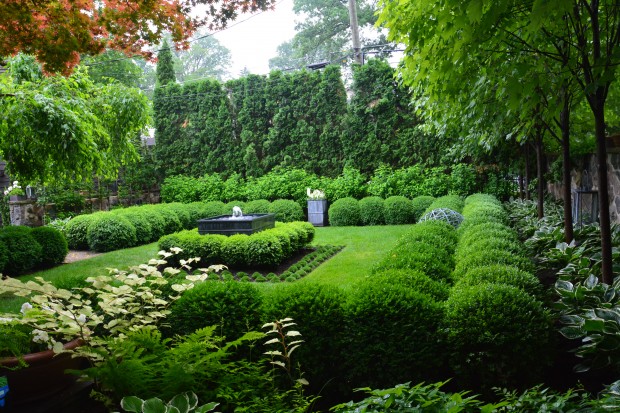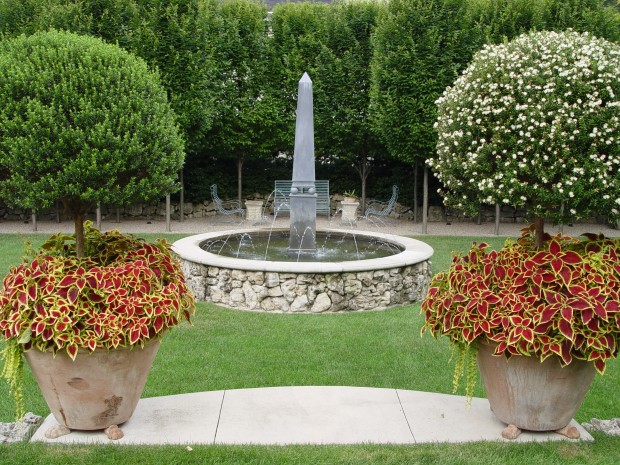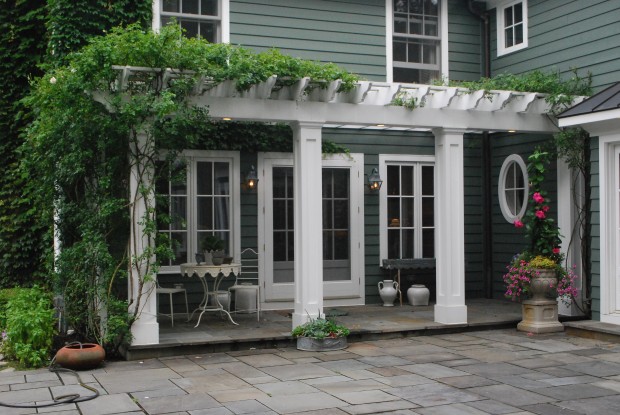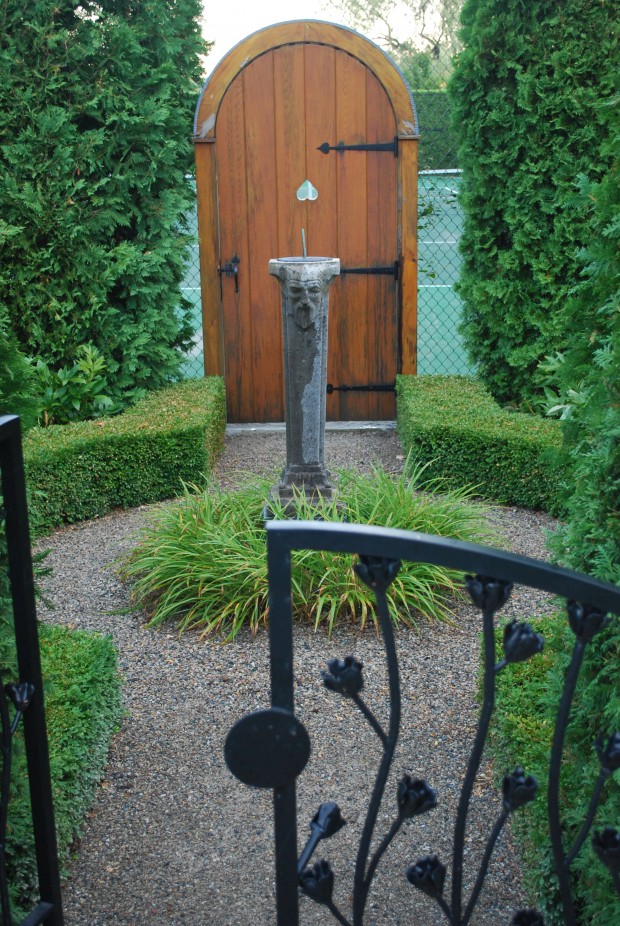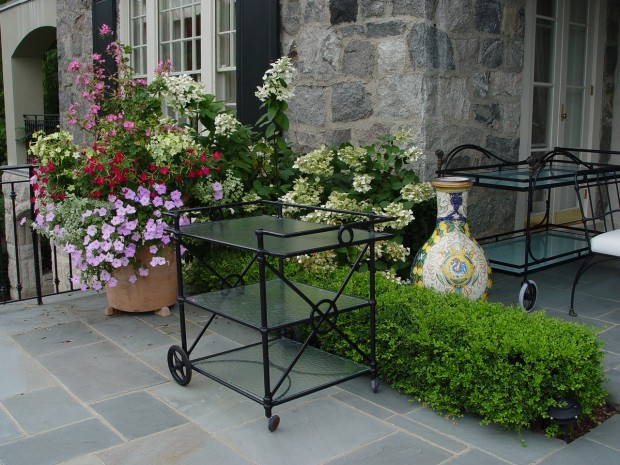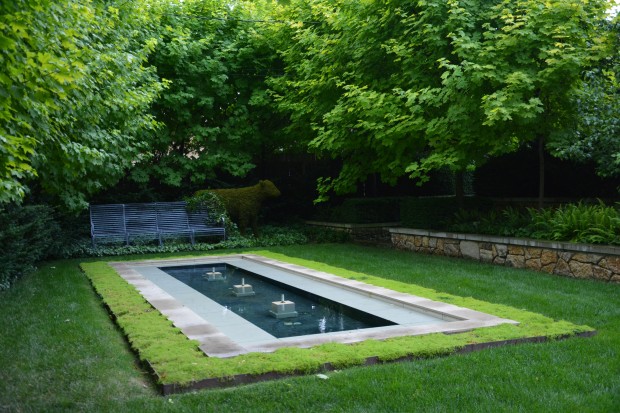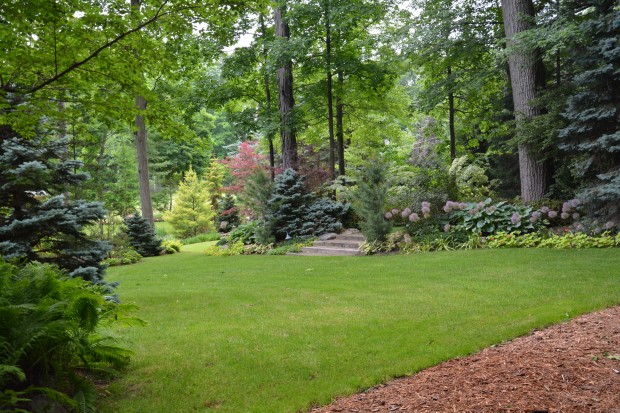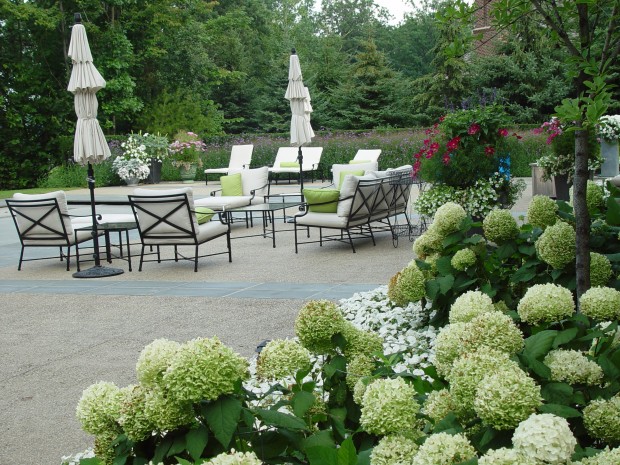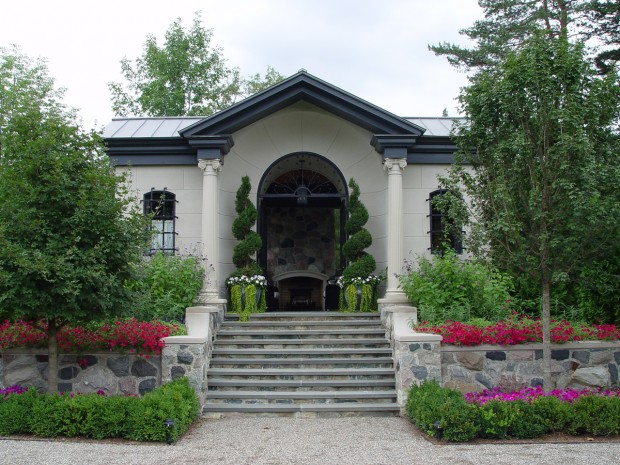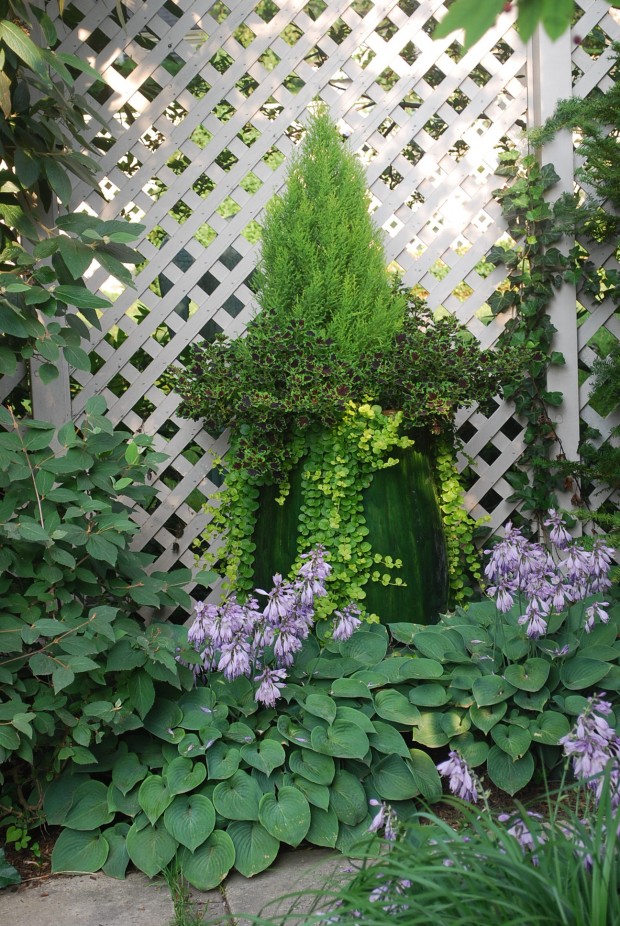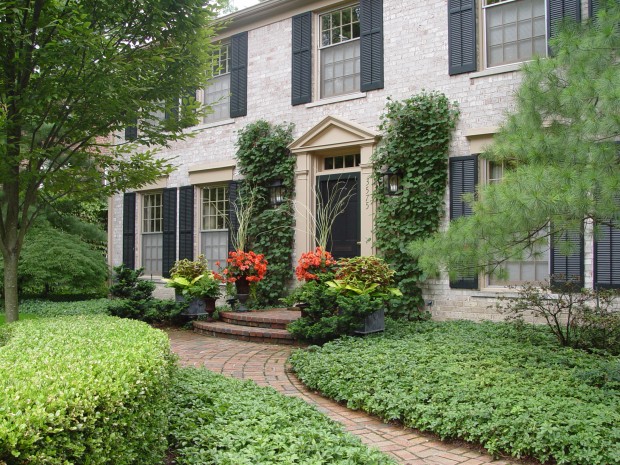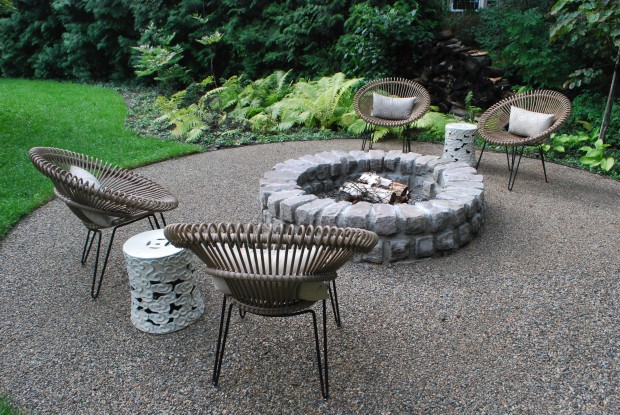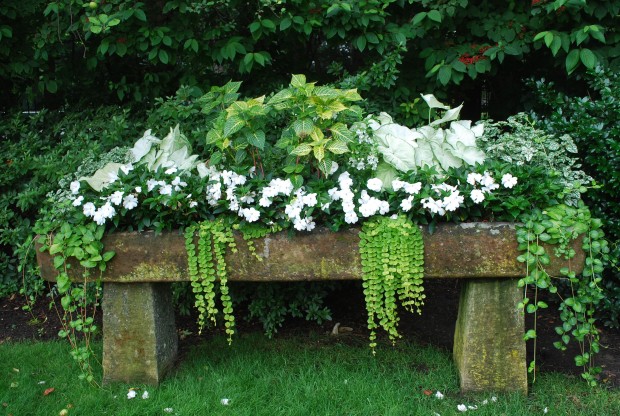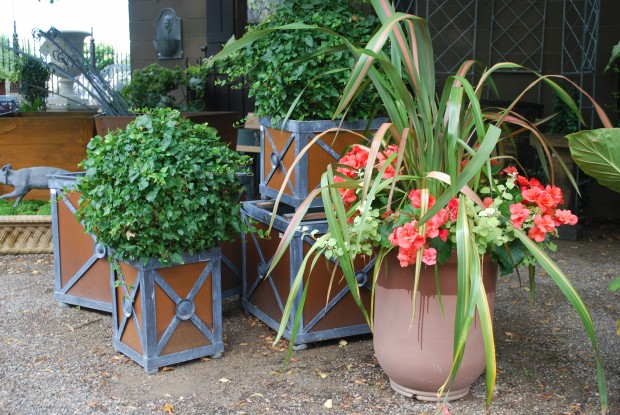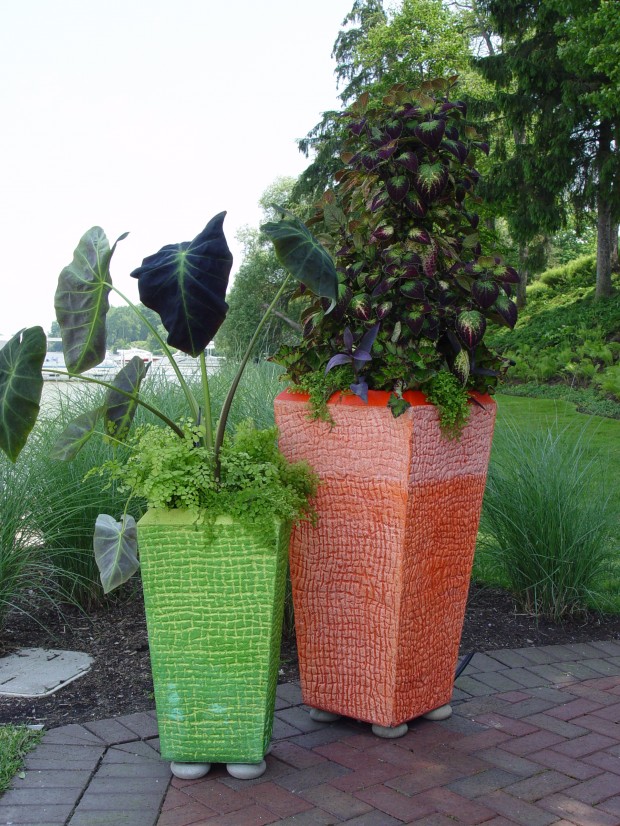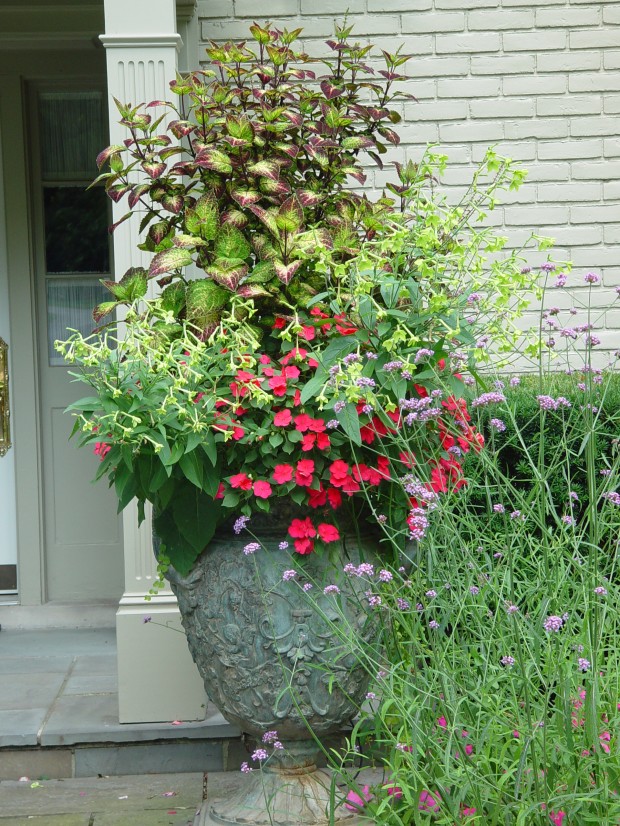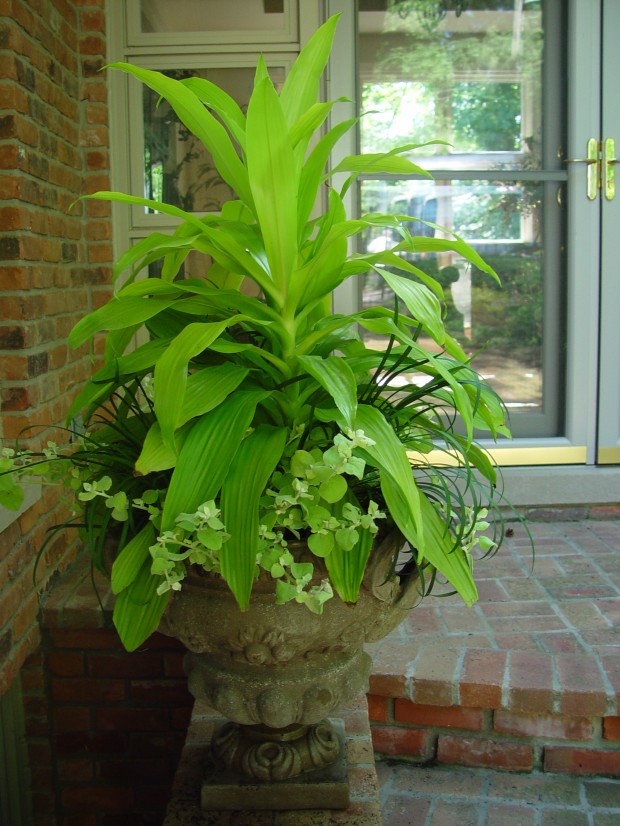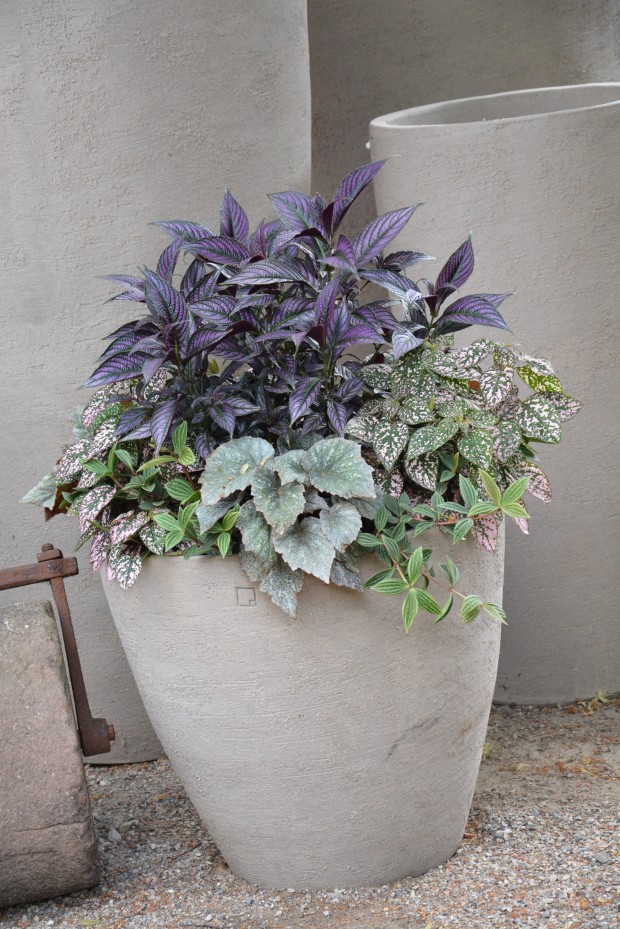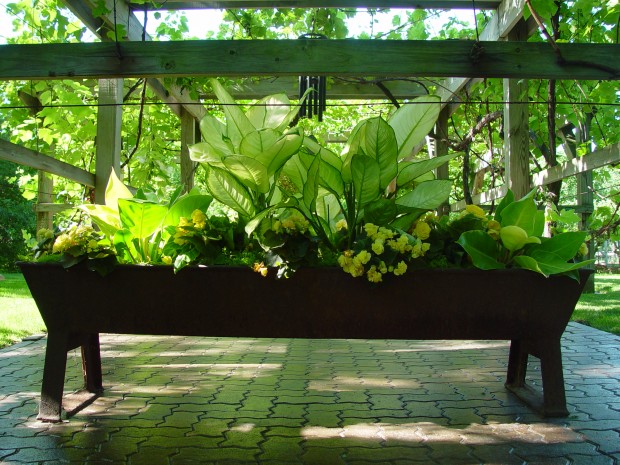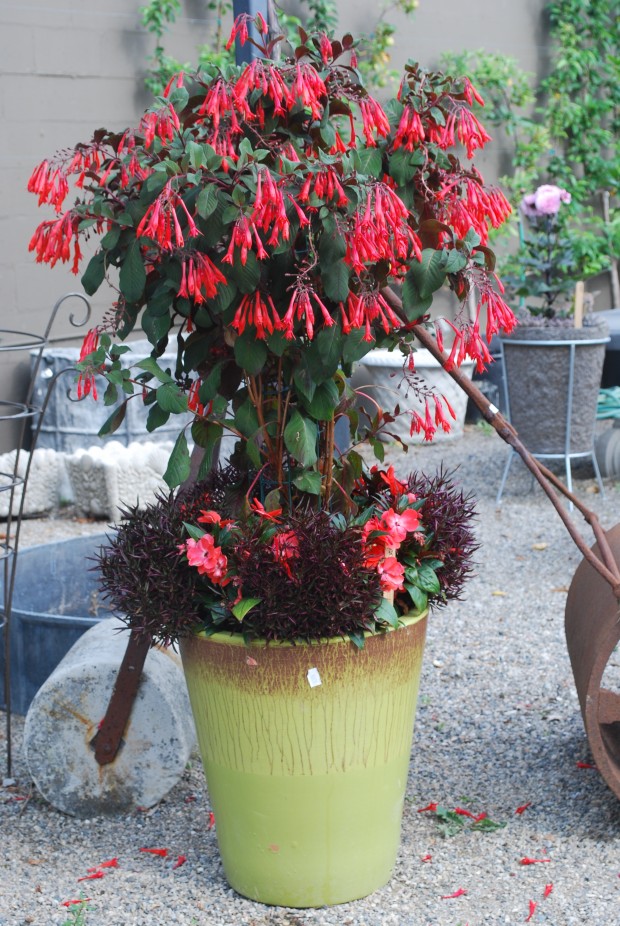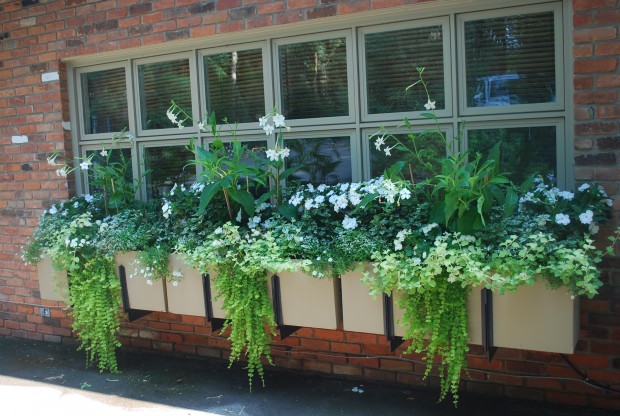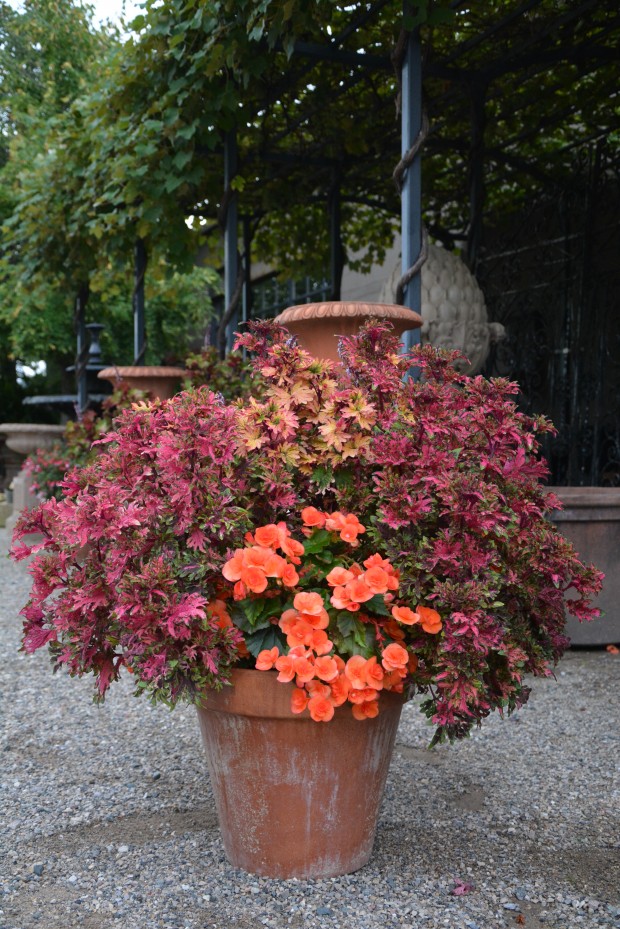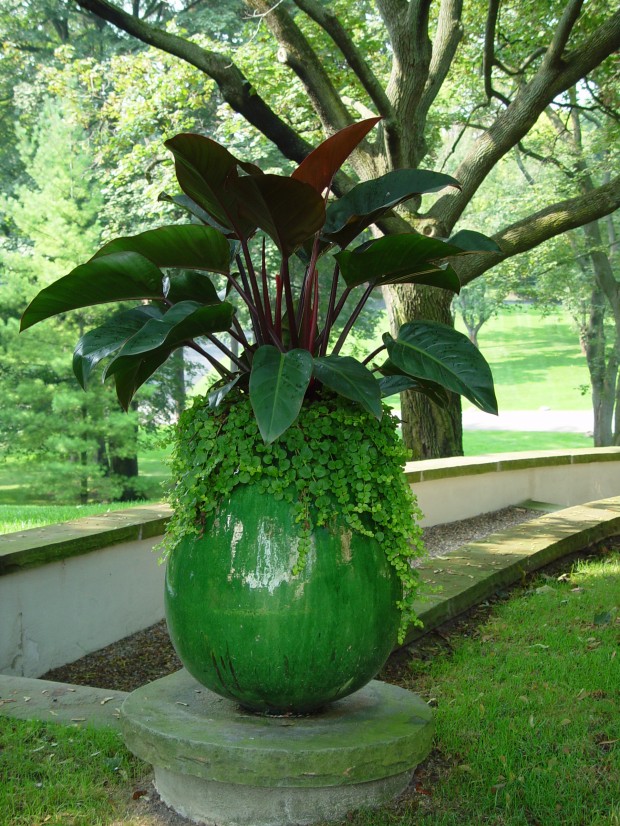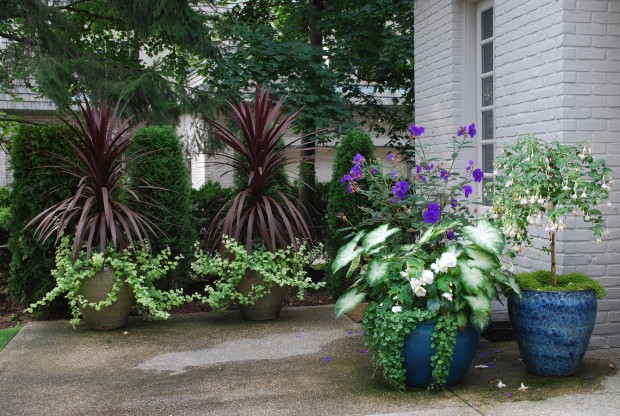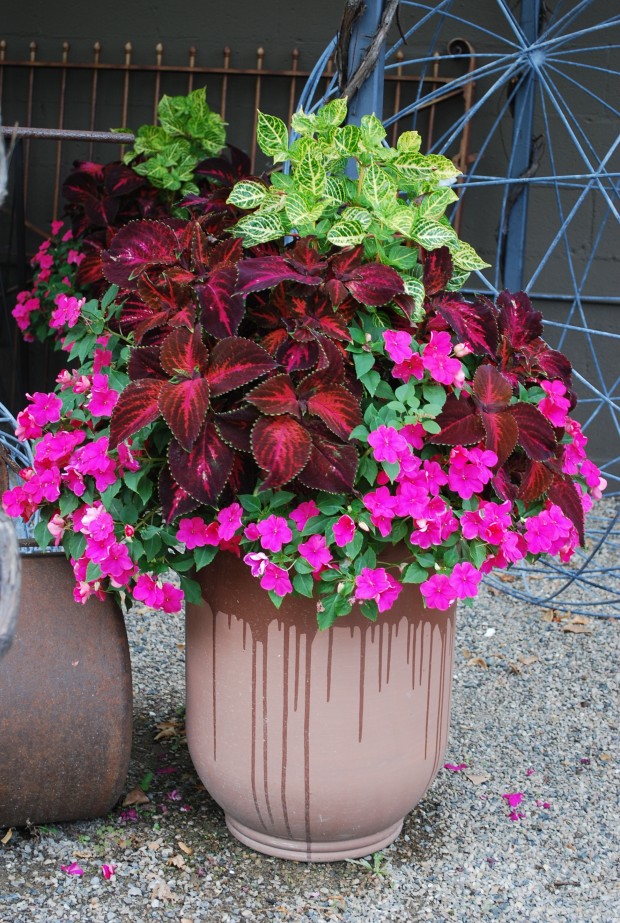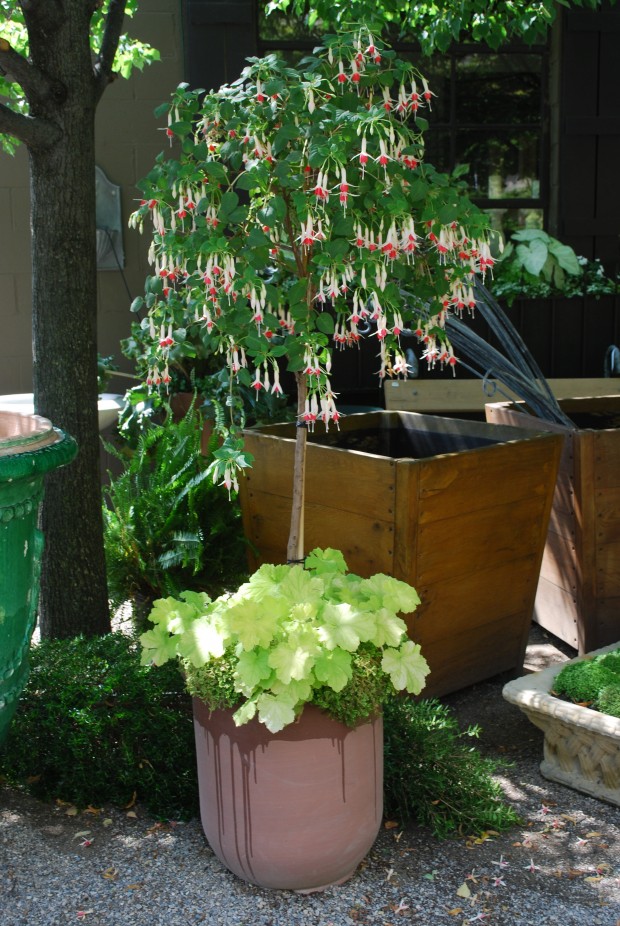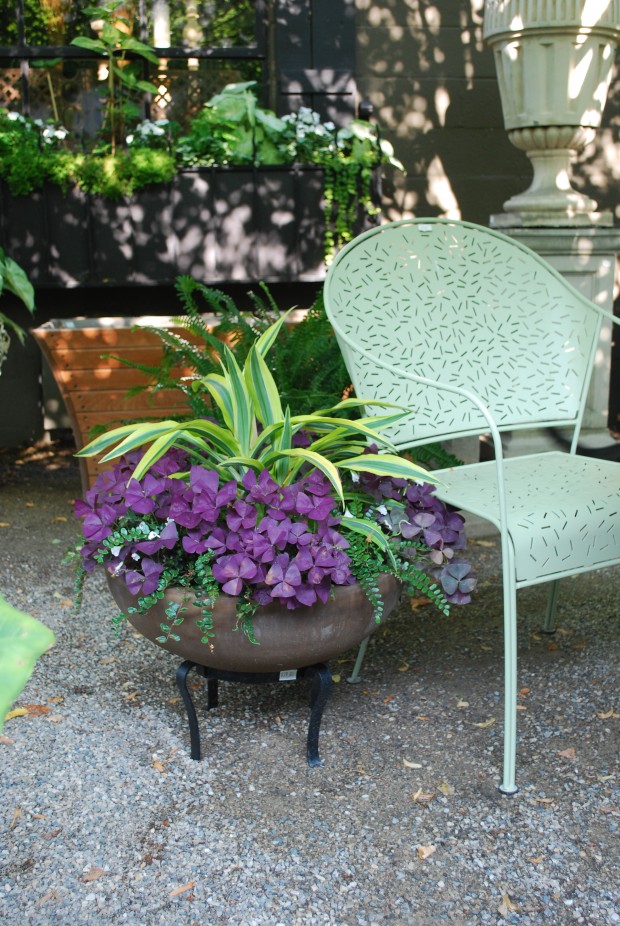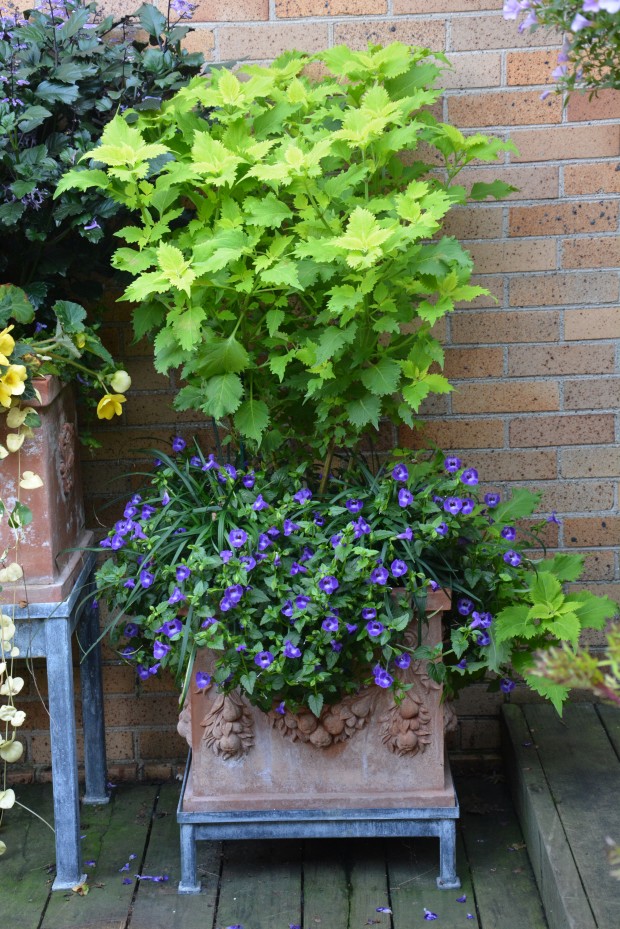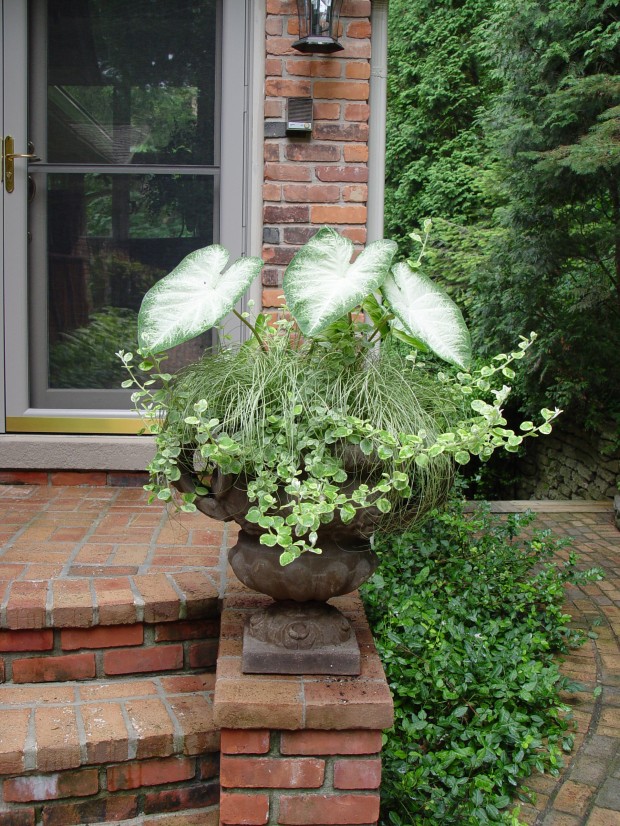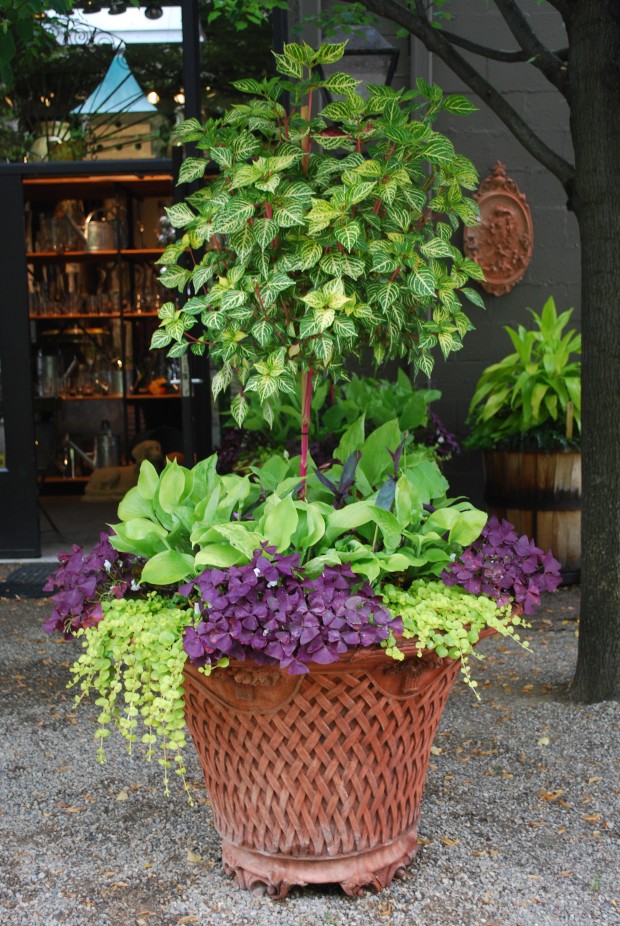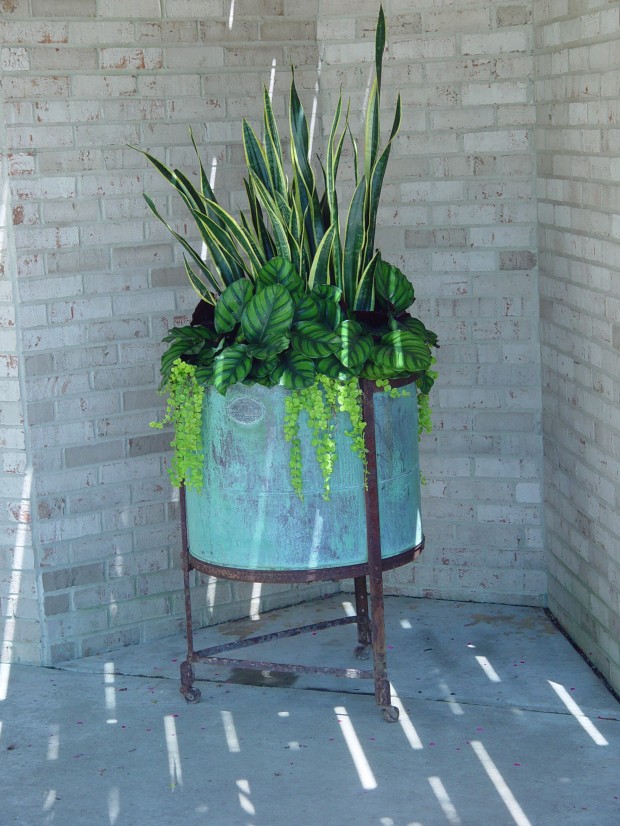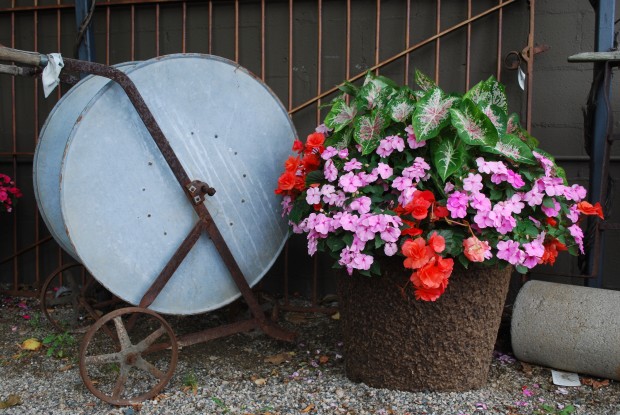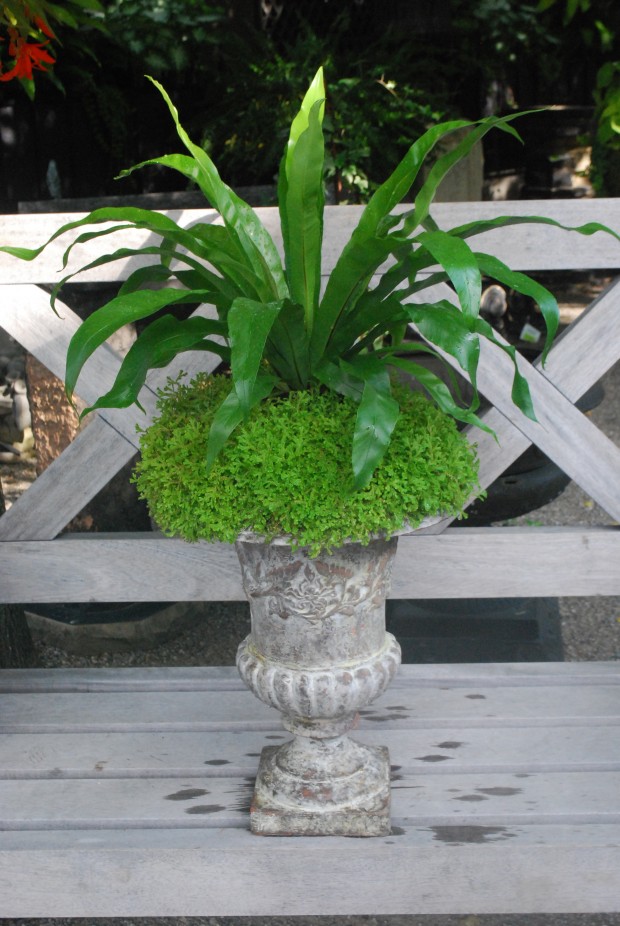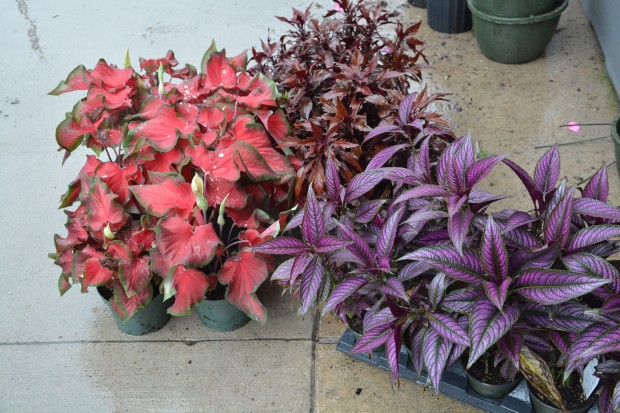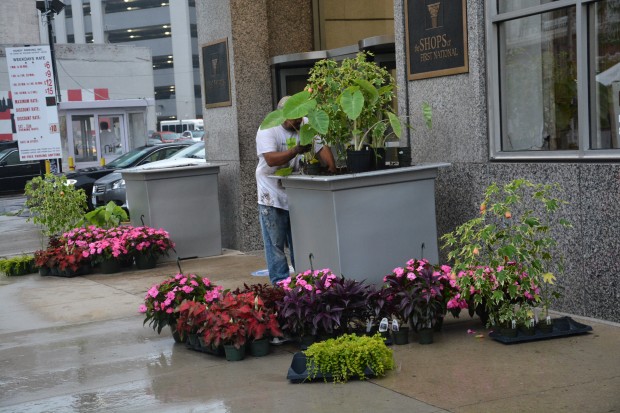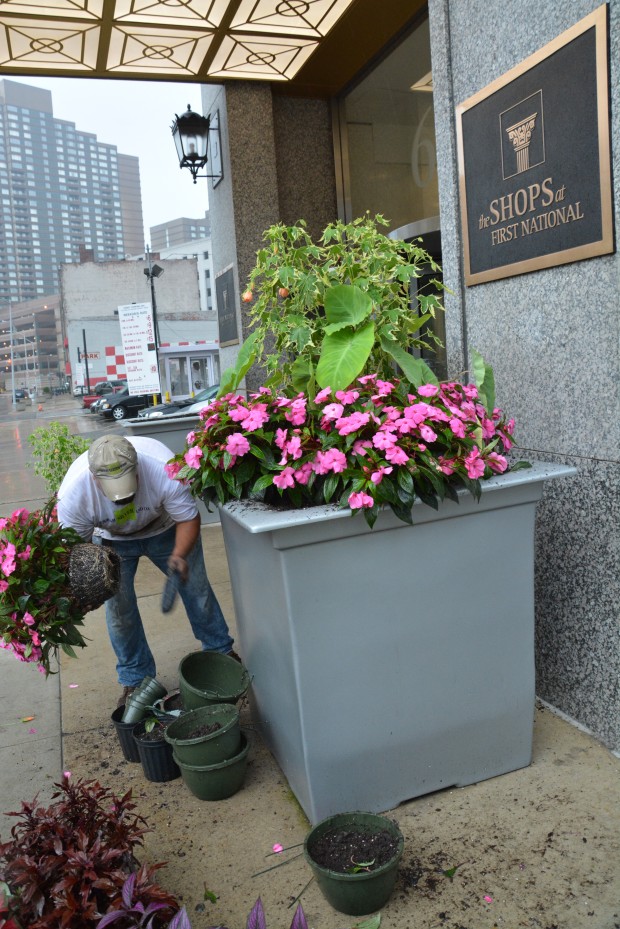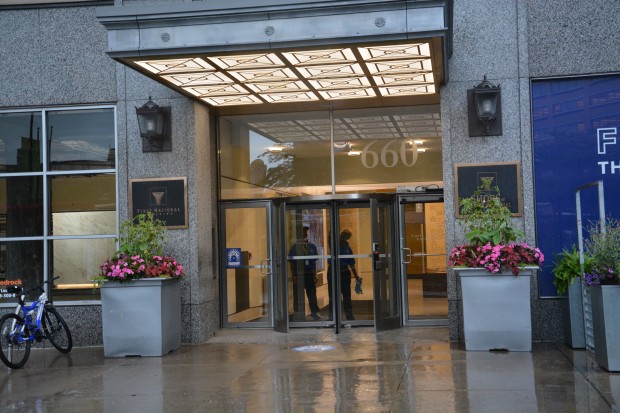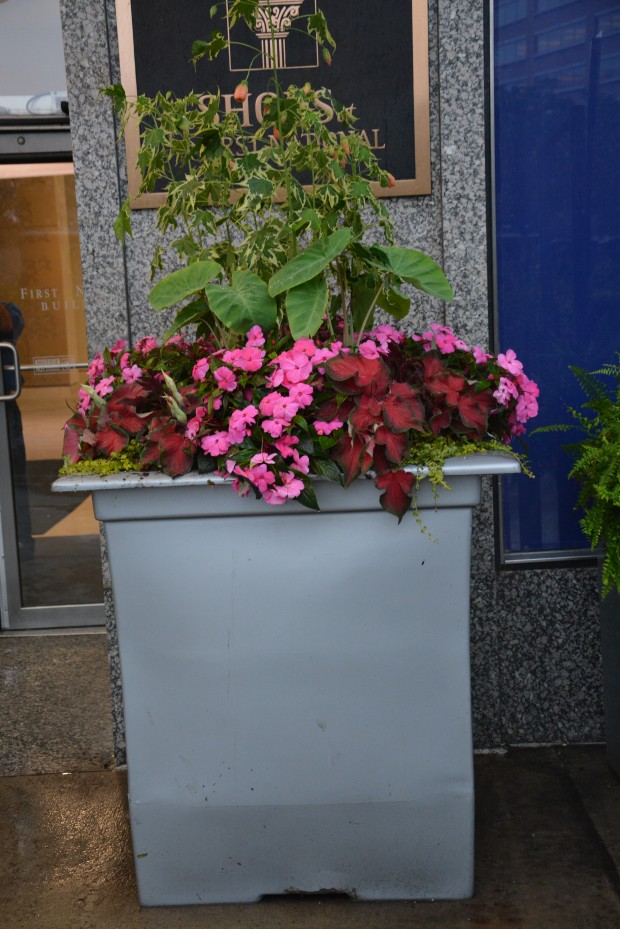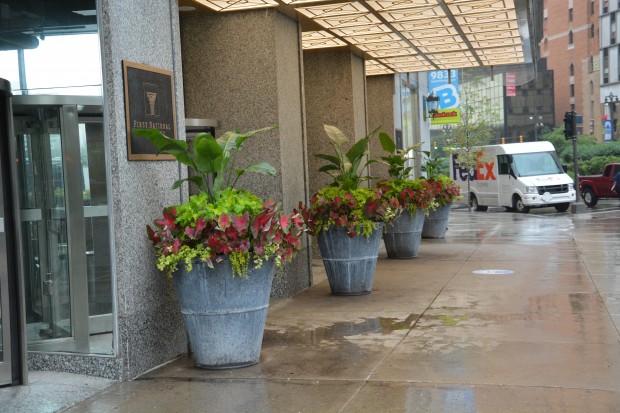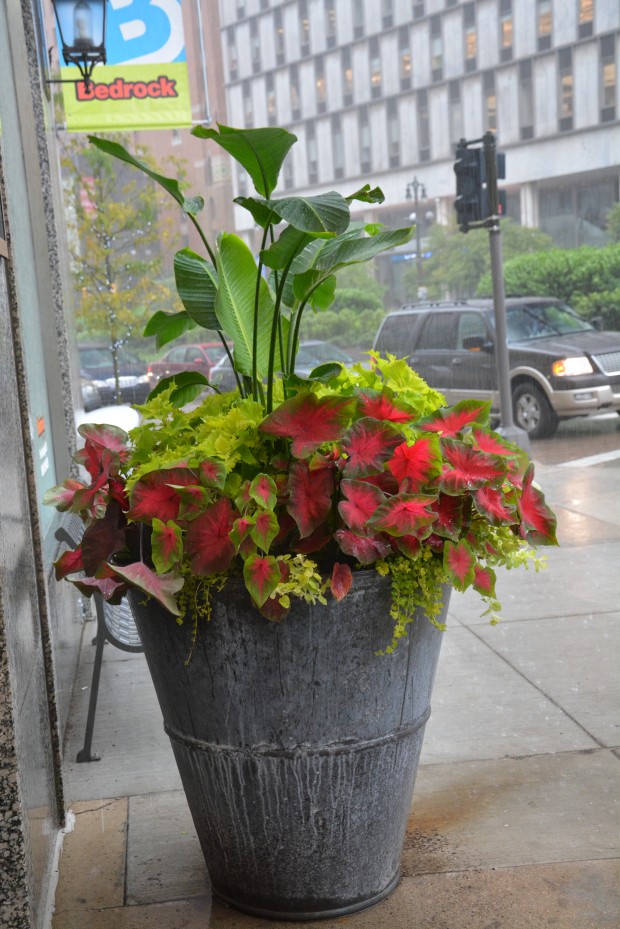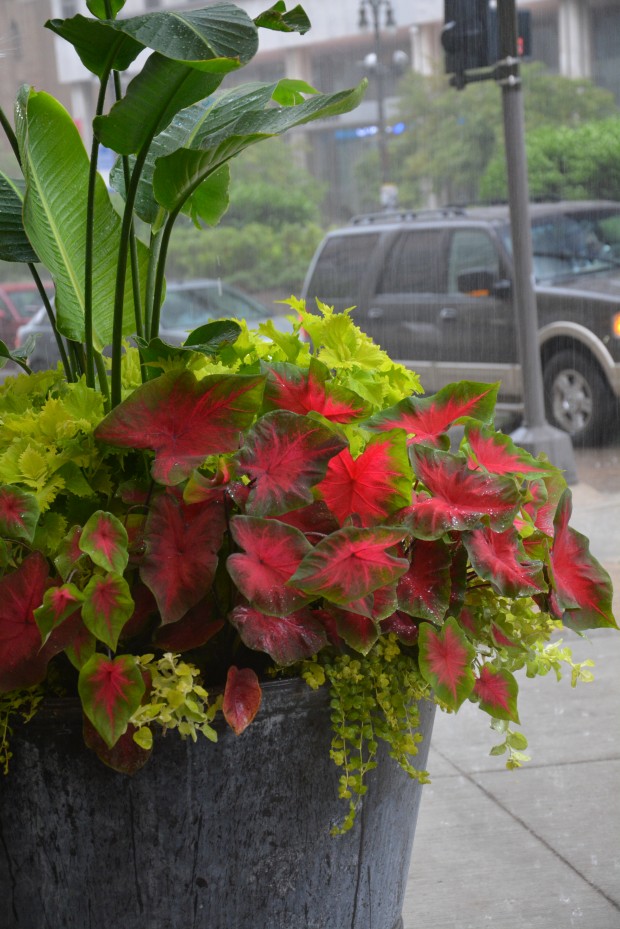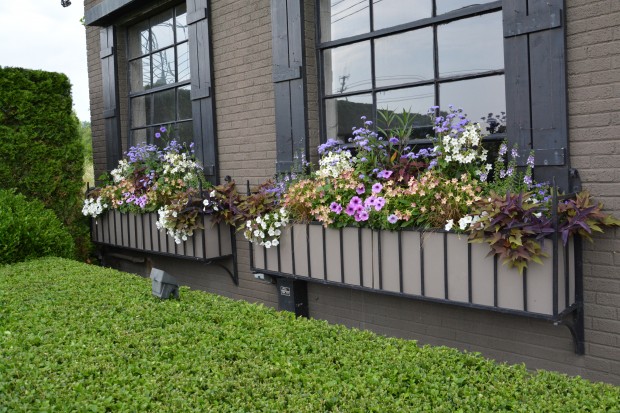 Lots of people ask me about how I work with color in the garden. How I decide on a color scheme for a container. I have tried to write about my process, but I always have the nagging feeling that the discussion falls short. Frustrating, this. Though I know that any creative process cannot be quantified, or reduced to a step by step, I would teach, if I could. I had occasion recently to view a video of a TED talk, thanks to Buck. TED, if you are familiar, is a forum for presenting speakers who have something to say about ideas worth spreading. Interested? www.ted.com. He keeps up better than I do-about what there is out there to learn. Her had me listen to a talk given by Joi Ito.
Lots of people ask me about how I work with color in the garden. How I decide on a color scheme for a container. I have tried to write about my process, but I always have the nagging feeling that the discussion falls short. Frustrating, this. Though I know that any creative process cannot be quantified, or reduced to a step by step, I would teach, if I could. I had occasion recently to view a video of a TED talk, thanks to Buck. TED, if you are familiar, is a forum for presenting speakers who have something to say about ideas worth spreading. Interested? www.ted.com. He keeps up better than I do-about what there is out there to learn. Her had me listen to a talk given by Joi Ito.
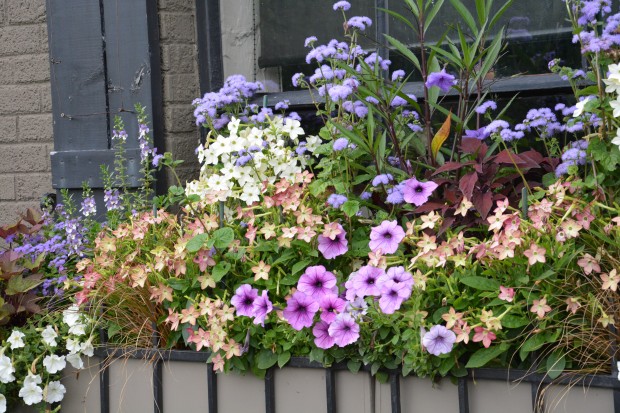 In March of 2011 he was interviewing for the directorship of the MIT media lab. Late that night, a magnitude 9 earthquake struck off the coast of Japan, just several hundred kilometers from his wife, children and family. In the terrifying hours that ensued, he discovered that he could not reach his family. Nor was any government or news agency broadcasting any information about the damage to nuclear reactions by the earthquake. Frantic for information about his family, and for all the other families besieged by a disaster of this scale, he went to what he knew. The internet.
In March of 2011 he was interviewing for the directorship of the MIT media lab. Late that night, a magnitude 9 earthquake struck off the coast of Japan, just several hundred kilometers from his wife, children and family. In the terrifying hours that ensued, he discovered that he could not reach his family. Nor was any government or news agency broadcasting any information about the damage to nuclear reactions by the earthquake. Frantic for information about his family, and for all the other families besieged by a disaster of this scale, he went to what he knew. The internet.
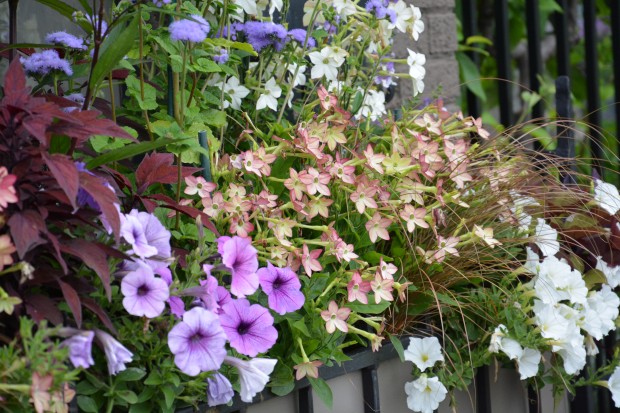 In the following hours and days he contacted friends, hackers, scientists and families and put together a citizen science group he called Safecast. Over the next few months this group of amateurs with no scientific or governmental standing managed to invent a process by which to measure the radiation levels. They put geiger counters on the ground; they measured the radiation. They made available at no charge information that people could use. Information for anyone for whom this earthquake had devastatingly personal consequences.
In the following hours and days he contacted friends, hackers, scientists and families and put together a citizen science group he called Safecast. Over the next few months this group of amateurs with no scientific or governmental standing managed to invent a process by which to measure the radiation levels. They put geiger counters on the ground; they measured the radiation. They made available at no charge information that people could use. Information for anyone for whom this earthquake had devastatingly personal consequences.
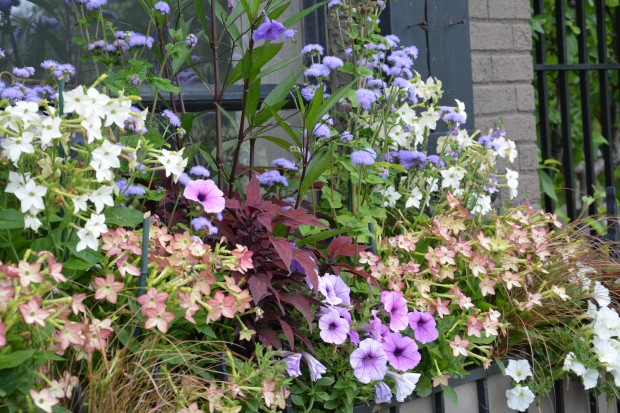 In his talk, he speaks eloquently of how his drive to get the information he wanted and needed was enabled by the internet. The volume of information out there that can be accessed is limitless. The internet allows people who have similar interests to meet digitally. His discussion of how the internet makes it possible for citizens of certain groups to meet and solve problems which transcend any map or country interested me. Most certainly passionate gardeners are citizens of a country all their own.
In his talk, he speaks eloquently of how his drive to get the information he wanted and needed was enabled by the internet. The volume of information out there that can be accessed is limitless. The internet allows people who have similar interests to meet digitally. His discussion of how the internet makes it possible for citizens of certain groups to meet and solve problems which transcend any map or country interested me. Most certainly passionate gardeners are citizens of a country all their own.
 Joi Ito went on to discuss in simple terms the process of learning. What stood out to me the most? “Education is something that someone else does to you. Learning is something one does to/for oneself.” I like this idea. In fact, I like it a lot. If anyone would ask me what was most valuable part of my college education, I would have to say that I learned how to learn about what interested me. Of course the world has changed immeasurably since 1970.
Joi Ito went on to discuss in simple terms the process of learning. What stood out to me the most? “Education is something that someone else does to you. Learning is something one does to/for oneself.” I like this idea. In fact, I like it a lot. If anyone would ask me what was most valuable part of my college education, I would have to say that I learned how to learn about what interested me. Of course the world has changed immeasurably since 1970.
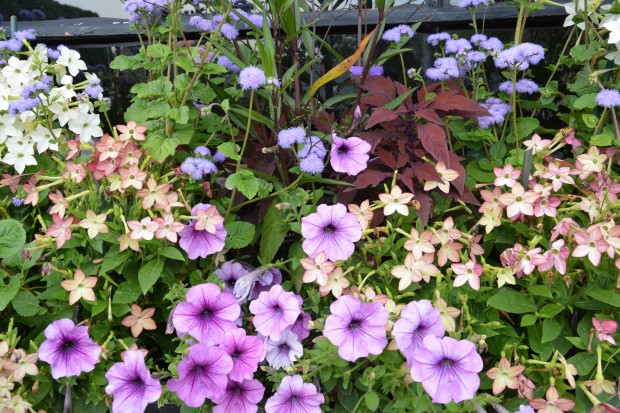 One can access an seemingly limitless amount of information with a computer or a smart phone. Anyone can learn whatever it is that they truly want to learn. As far as developing a personal sense of how to user color in containers-I did not study this in school. I was interested enough to learn. That learning process, which is still ongoing, and still of great interest to me, was all about the doing. Plenty of color combinations did not work out so well. But their is as much to learn from those combinations that do not work out, as there is from those that do.
One can access an seemingly limitless amount of information with a computer or a smart phone. Anyone can learn whatever it is that they truly want to learn. As far as developing a personal sense of how to user color in containers-I did not study this in school. I was interested enough to learn. That learning process, which is still ongoing, and still of great interest to me, was all about the doing. Plenty of color combinations did not work out so well. But their is as much to learn from those combinations that do not work out, as there is from those that do.
 How people perceive color is very personal. What appeals to my eye may not appeal to yours. But that is not the point. Anything you see that interests or intrigues you may encourage you enough to learn what you need to know to express your own ideas. To understand what color relationships appeal to you as a gardener is all the fun of it.
How people perceive color is very personal. What appeals to my eye may not appeal to yours. But that is not the point. Anything you see that interests or intrigues you may encourage you enough to learn what you need to know to express your own ideas. To understand what color relationships appeal to you as a gardener is all the fun of it.
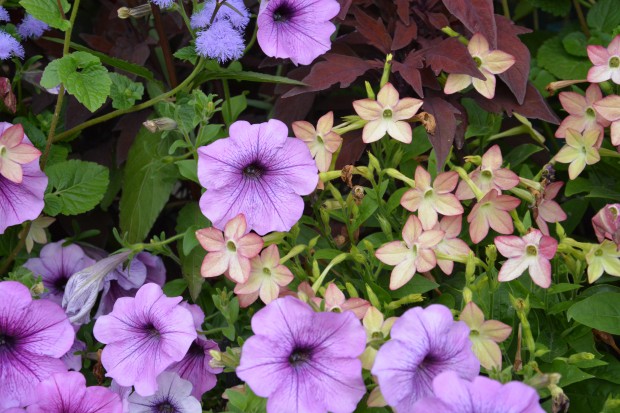 Mr. Ito’s talk was very interesting. Want to watch it for yourself? http://www.wimp.com/wantinnovate/
Mr. Ito’s talk was very interesting. Want to watch it for yourself? http://www.wimp.com/wantinnovate/
